Hello!But did you measure the inside or the outside of the gunport door ?,
The openings you cut out in the hull are in the first layer of your planking...
I measured the outside eg the dimensions of the GunPort Lids
 |
As a way to introduce our brass coins to the community, we will raffle off a free coin during the month of August. Follow link ABOVE for instructions for entering. |
 |
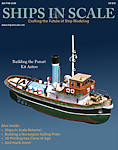 |
The beloved Ships in Scale Magazine is back and charting a new course for 2026! Discover new skills, new techniques, and new inspirations in every issue. NOTE THAT OUR FIRST ISSUE WILL BE JAN/FEB 2026 |
 |
Hello!But did you measure the inside or the outside of the gunport door ?,
The openings you cut out in the hull are in the first layer of your planking...
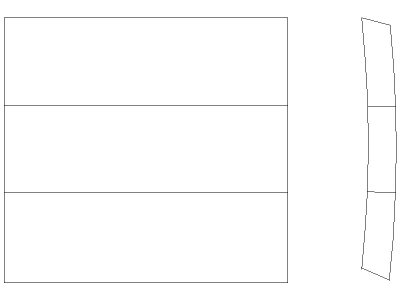
Hi, Allan!I do have a question though, how did they fay the boards together?
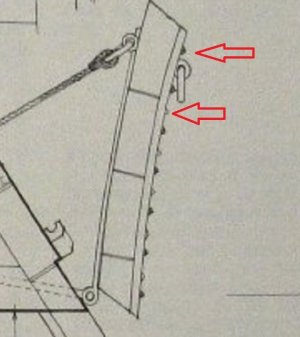
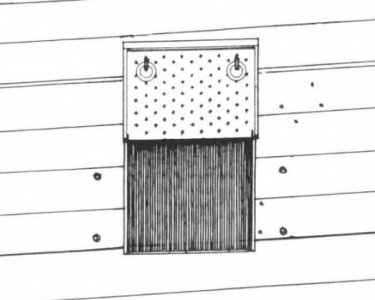
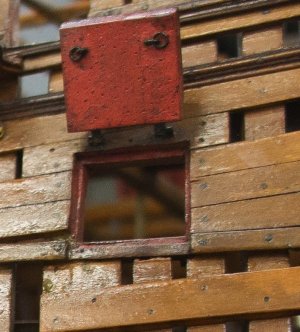
Many Thx for the link!I made a copy of the gunport cover, and used it as a template, to cut the gunport in the second layer.
Perhaps that explains.
As you can see in my build log.
Thread 'HMS Agamemnon (1/64 Caldercraft)' https://shipsofscale.com/sosforums/threads/hms-agamemnon-1-64-caldercraft.8703/
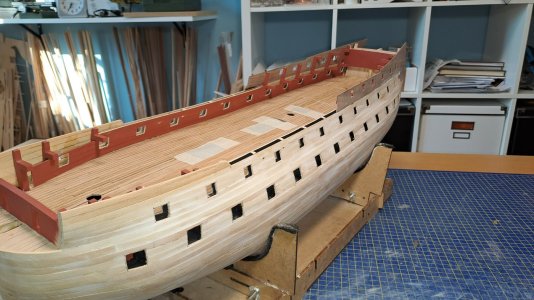
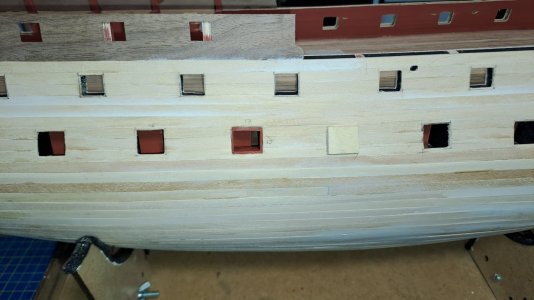
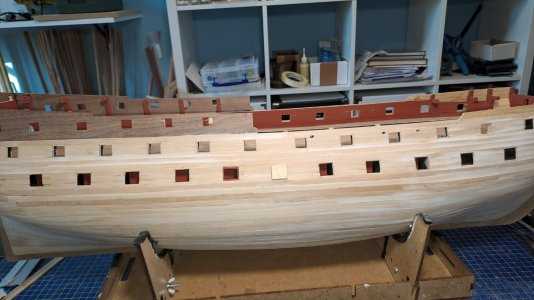
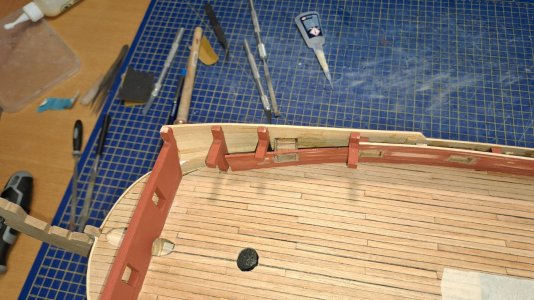
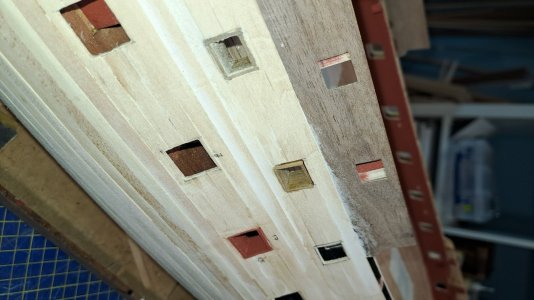
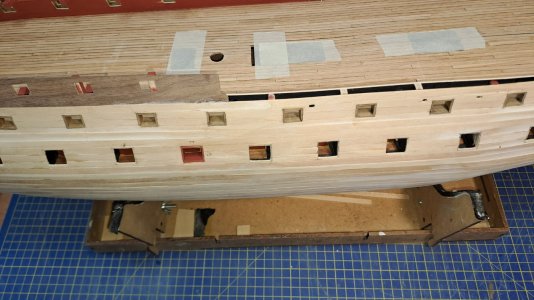
FANTASTIC BUILDThe progress of the planking...slow but I try to do my best...
View attachment 536556
View attachment 536557
View attachment 536558
View attachment 536559
View attachment 536560
Hello William,Hi Marc,
what a coincidence !! we live a few kilometers apart and are building the same model .. incredible !!
Sorry Marc, but do you mean the gun port framing, linings, gunport lids, or??How were they made in the past?
Thanks Iutar, I get it now, my mistake. There were sheaves in the hull as in your drawings for the lines mentioned to pass through, not holes. The instruction calling for holes is incorrect.I understood it this way: he is talking about the holes in the hull.
I think you have it right, although it took awhile for it to click in my mind. The openings for lines for the various tacks and sheets which run through the hull. The illustration and photos you provided are very informative.I understood it this way: he is talking about the holes in the hull.
The last line of the text.
Hi Allan,Thanks Iutar, I get it now, my mistake. There were sheaves in the hull as in your drawings for the lines mentioned to pass through, not holes. The instruction calling for holes is incorrect.
Allan
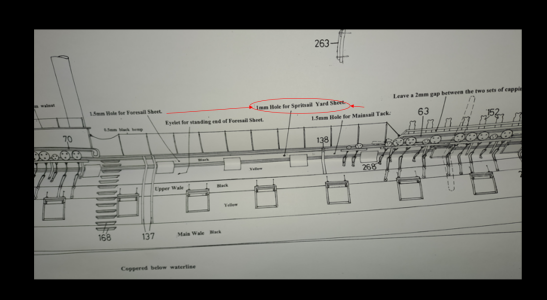
Hello!Hi Marc,
what a coincidence !! we live a few kilometers apart and are building the same model .. incredible !!
